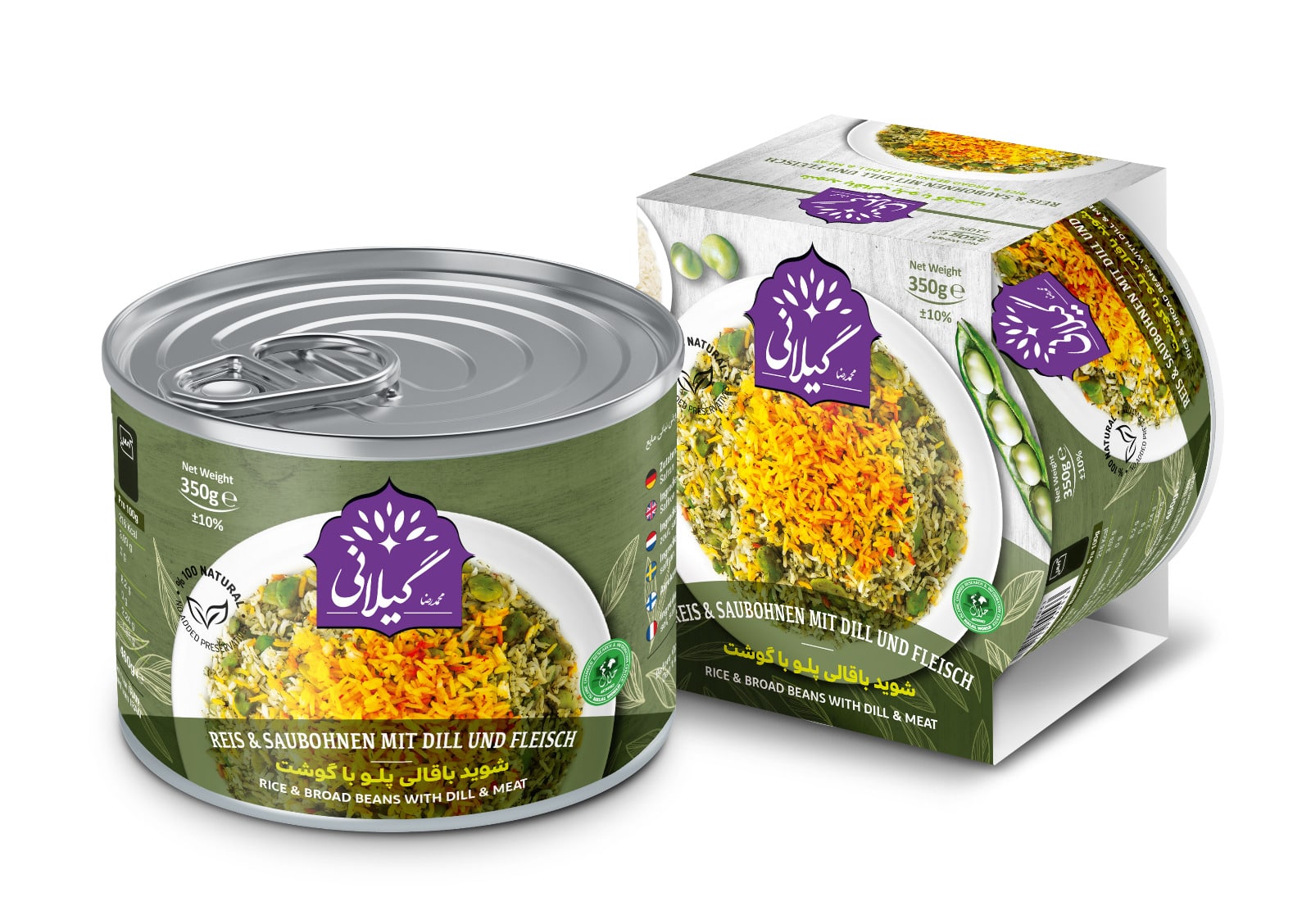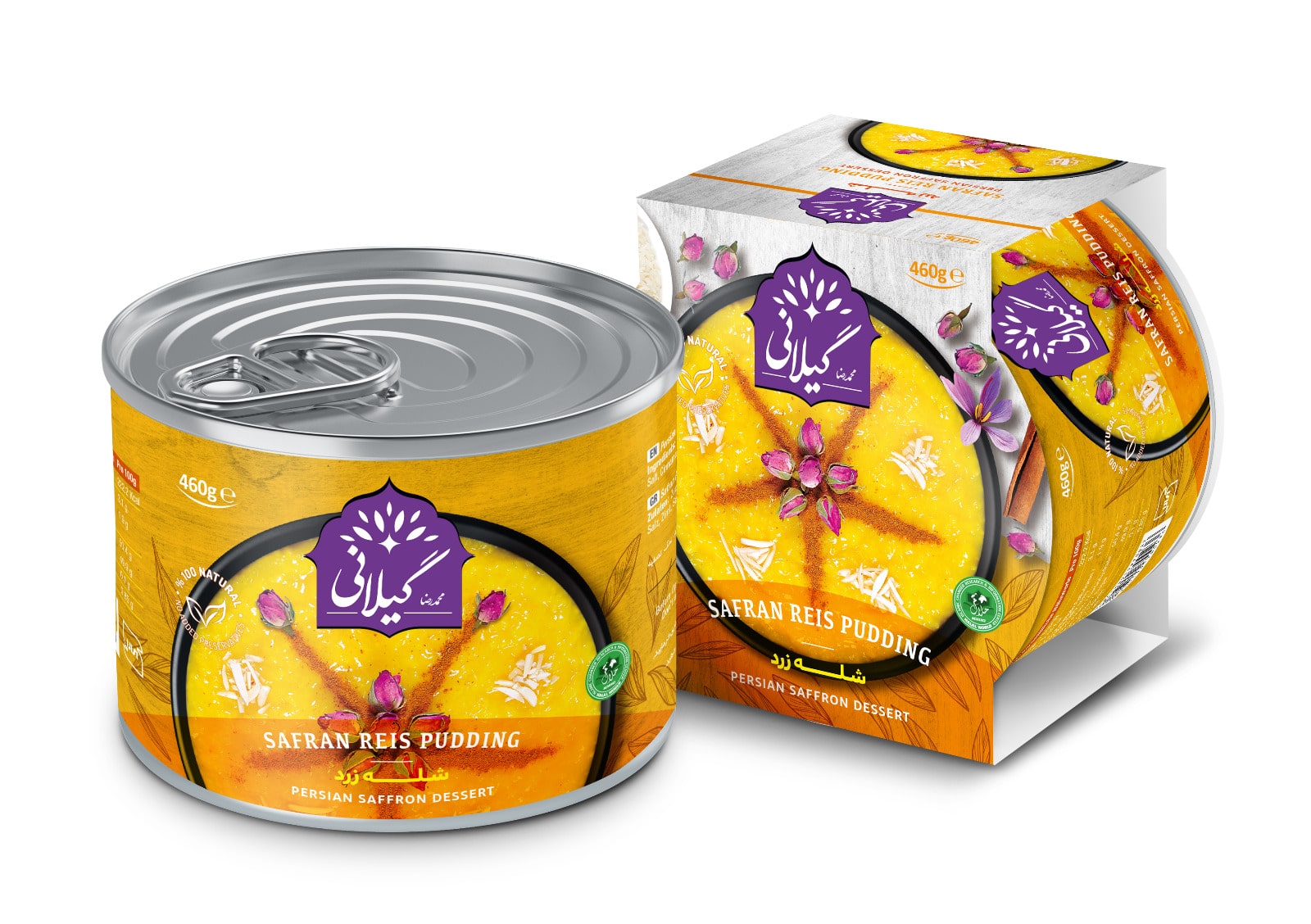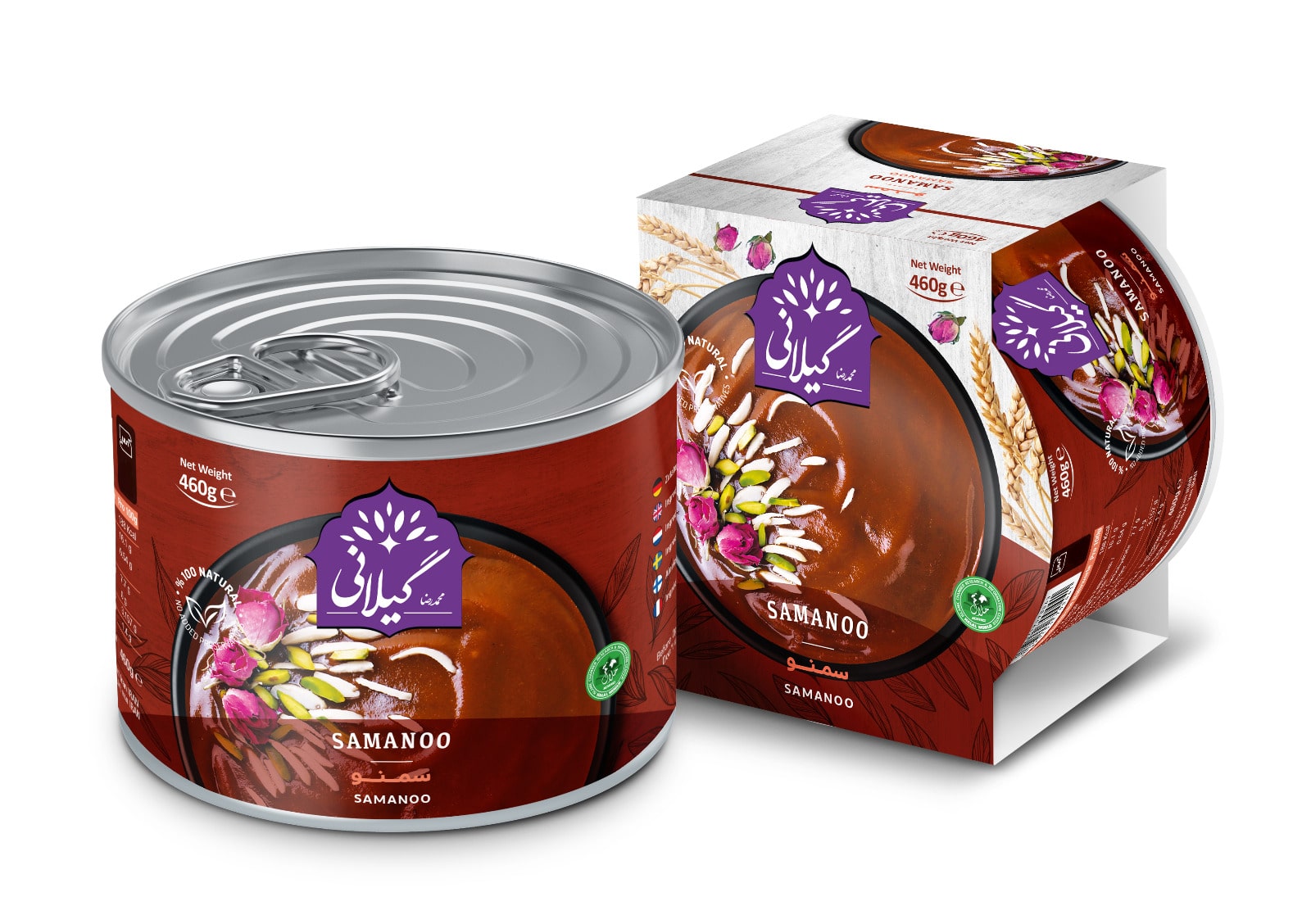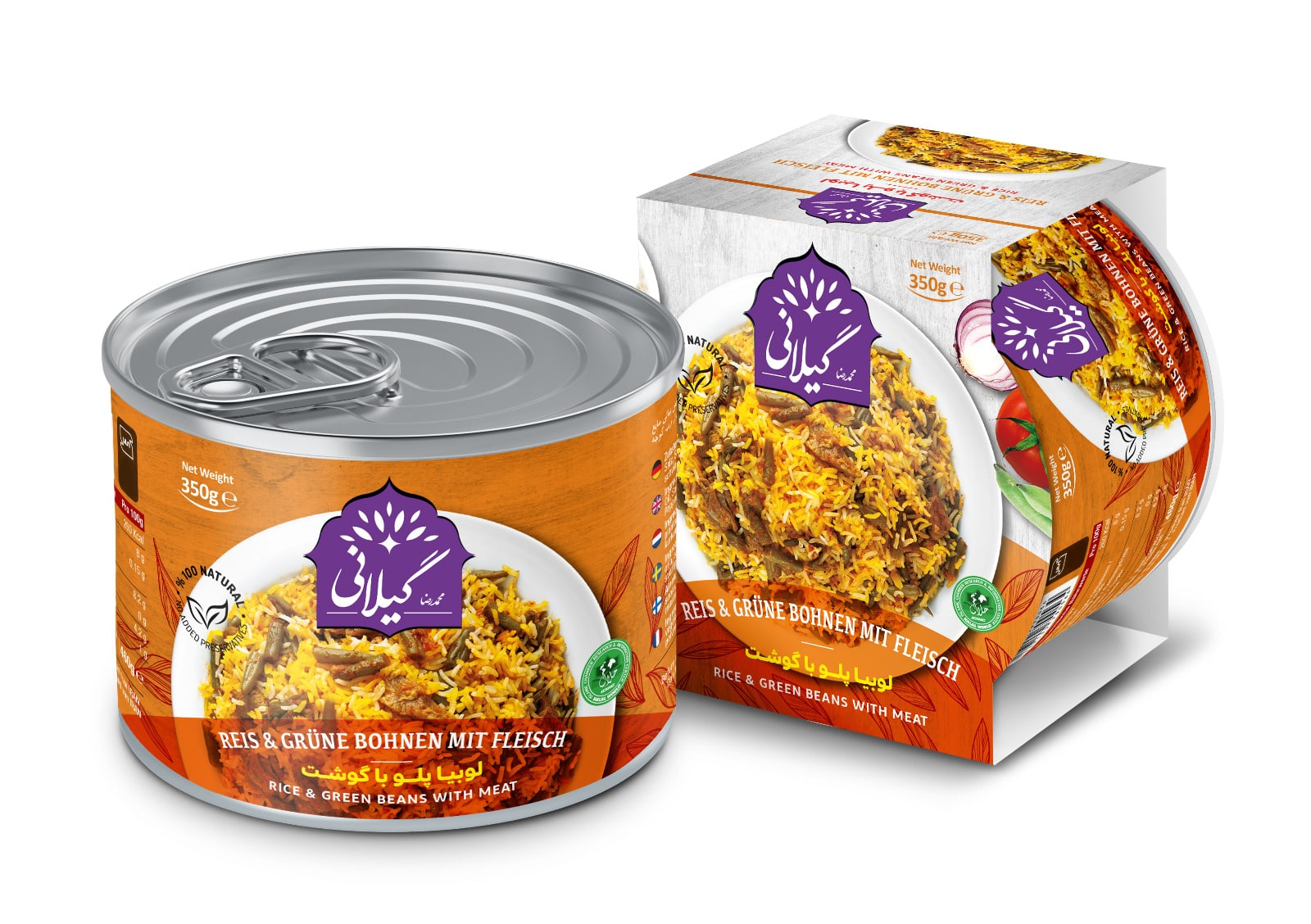So, no matter how you define “healthy,” that’s a pretty impressive resume. Plus, it’s relatively inexpensive and can last for years in your cupboard. There are potential health hazards of eating too much and we’ll cover them here. But by following FDA guidelines, you can safely enjoy all the benefits of canned tuna.
The three types of tuna–canned in oil, canned in water, and fresh–are all low in fat and contain similar amounts of protein, vitamins, and minerals. But as you can see in the nutritional table below, based on USDA data for a 1 oz. portion, each type excels in different ways.
What’s interesting is how canned tuna outperforms fresh tuna on some key attributes. For example, canned tuna has far more calcium than fresh tuna. This is because the canning process softens the pin bones so much you can eat them without noticing. This is also true for salmon, if you’re wondering, is canned salmon healthy?
A four-ounce serving of canned tuna in water contains 24 grams of complete protein. And the same amount of canned tuna in oil brings a whopping 32 grams. It’s called a complete protein, because it has amino acids that your body can’t produce itself. These amino acids help you build muscles, skin, bones, and cartilage, and they help you produce important hormones and antibodies. Plus, protein keeps you feeling full longer than carbs and fat and your body can use protein as an energy source if need be.
Canned tuna is an excellent source of omega-3 essential fatty acids DHA and EPA. As you can see in the chart above, it’s an even better source than fresh tuna. A diet rich in omega-3s is associated with an overall lower risk of heart disease, lower inflammation levels, and lower blood triglycerides. For this and other reasons, the USDA recommends eating seafood at least two times a week for a total of 8-10 oz (but 90% of Americans don’t meet this guideline). Omega 3s are also a key advantage of a pescatarian diet over a vegetarian diet..
Tuna is one of the few foods that naturally contain vitamin D, with around 50-100 International Units (IUs) per serving. That’s about 8-16% of the 600 IUs recommended by the NIH. Vitamin D is very important for bone health because it helps our bodies absorb calcium. It also plays a role in a healthy immune response, and may help us regulate our mood and reduce our risk of depression.
Canned tuna is also rich in vitamin B-12. On average, a can of tuna contains 2 micrograms of vitamin B-12, which equals the recommended daily amount of vitamin B-12 for adults. Your body relies on B-12 to produce DNA, red blood cells, and other core functions. Adequate B-12 levels improves brain function, increases energy level, and may reduce risk of developing age-related vision loss that most commonly affects people age 50 and over.
Canned tuna contains many important minerals like iron, phosphorus, selenium, and potassium. Deficiencies in these minerals can cause symptoms such as muscle weakness, fatigue, heart arrhythmia, and breathing difficulty. It’s important to make sure you’re getting the minerals you need from what you eat because a mineral deficiency can even be life-threatening.
Canned tuna has less fat per ounce than other animal proteins like chicken and beef. As you would expect, tuna salad calories and fat are higher, and oil-packed tuna contains more fat than water-packed. A 1 oz serving of chunk light tuna in oil contains 2.3 grams of total fat, while the same serving of chunk light tuna in water contains less than a gram. Higher fat levels also correlate to higher calories in a can of tuna: oil-packed tuna has 56 calories per ounce, which is more than double the calories in water-packed tuna.
Mercury: Certain types of fish, including tuna, may be contaminated by mercury. Mercury is a heavy metal which can cause nerve damage in humans. The good news is that tuna also contains a high level of the mineral selenium, which helps protect you against mercury toxicity. The National Institute of Health concludes that it is safe to eat canned tuna once a week. The FDA recommends that children ages 1-11 and women who are pregnant or breastfeeding limit their tuna intake to no more than one serving (4 ounces) per week. Light tuna (skipjack) is lower in mercury than albacore so you can enjoy light tuna slightly more frequently than albacore.
Sodium: Fresh tuna has a low level of sodium but during the processing of canned tuna, sodium is usually added. A 3-ounce serving can have as much as 22% of the recommended daily intake. If you’re monitoring your salt intake, be sure to check the label. You can also purchase low-sodium or sodium-free versions.
Canned tuna contains many important minerals like iron, phosphorus, selenium, and potassium. Deficiencies in these minerals can cause symptoms such as muscle weakness, fatigue, heart arrhythmia, and breathing difficulty. It’s important to make sure you’re getting the minerals you need from what you eat because a mineral deficiency can even be life-threatening.
No, tuna does not have more omega-3 fatty acids than salmon. A serving of salmon can contain as much as 1-2 grams of omega-3s, while tuna usually contains less than half a gram per serving. However, tuna is still a good source of omega-3s—you just have to eat it more frequently to meet your daily omega-3 requirements.
There’s no reason to eat tuna every single day, because eating a varied diet is important for your overall health. Generally, it’s a good idea to eat fish at least 2-3 times a week to make sure you’re getting enough omega-3s in your diet. The FDA recommends that children ages 1-11 and women who are pregnant or breastfeeding limit their tuna consumption to no more than one serving of 4 ounces per week.
Can you eat tuna on a paleo or keto diet?Yes, tuna is both paleo- and keto-friendly. Because it contains essentially zero carbohydrates, it fits easily into any high-protein diet. However, if you’re on a keto diet, you may want to choose oil-packed tuna because it’s higher in fat.
Is tuna good for your heart?Yes, tuna is a great choice for a heart-healthy eating plan. It contains little to no saturated fat and plenty of unsaturated fatty acids. This includes omega-3 fatty acids, which may reduce inflammation and your overall risk of heart disease.
Are chunk light tuna and albacore tuna the same?Nope! They refer to different species of tuna. Both chunk light and albacore tuna is good for you. Albacore refers to the albacore species, which has lighter, firmer meat than other species. Chunk light tuna contains different species, specifically skipjack and yellowfin. Nutritionally, they’re all very similar, but chunk light tuna is a bit darker in color and has a slightly richer flavor than albacore, which is very mild.
Resource:
https://chickenofthesea.com/
What is protein? And Which is better for you: Canned tuna in oil, tuna in water, or fresh tuna?
The three types of tuna–canned in oil, canned in water, and fresh–are all low in fat and contain similar amounts of protein, vitamins, and minerals. But as you can see in the nutritional table below, based on USDA data for a 1 oz. portion, each type excels in different ways.
What’s interesting is how canned tuna outperforms fresh tuna on some key attributes. For example, canned tuna has far more calcium than fresh tuna. This is because the canning process softens the pin bones so much you can eat them without noticing. This is also true for salmon, if you’re wondering, is canned salmon healthy?
Here are the top 6 health benefits of canned tuna:
1. Lean protein helps you build healthy muscles, skin, and bones.
A four-ounce serving of canned tuna in water contains 24 grams of complete protein. And the same amount of canned tuna in oil brings a whopping 32 grams. It’s called a complete protein, because it has amino acids that your body can’t produce itself. These amino acids help you build muscles, skin, bones, and cartilage, and they help you produce important hormones and antibodies. Plus, protein keeps you feeling full longer than carbs and fat and your body can use protein as an energy source if need be.
2. Omega-3 fatty acids may lower your risk of heart disease.
Canned tuna is an excellent source of omega-3 essential fatty acids DHA and EPA. As you can see in the chart above, it’s an even better source than fresh tuna. A diet rich in omega-3s is associated with an overall lower risk of heart disease, lower inflammation levels, and lower blood triglycerides. For this and other reasons, the USDA recommends eating seafood at least two times a week for a total of 8-10 oz (but 90% of Americans don’t meet this guideline). Omega 3s are also a key advantage of a pescatarian diet over a vegetarian diet..
3. Vitamin D keeps your bones and immune system strong.
Tuna is one of the few foods that naturally contain vitamin D, with around 50-100 International Units (IUs) per serving. That’s about 8-16% of the 600 IUs recommended by the NIH. Vitamin D is very important for bone health because it helps our bodies absorb calcium. It also plays a role in a healthy immune response, and may help us regulate our mood and reduce our risk of depression.
4. Vitamin B-12 boosts your energy and brain functioning.
Canned tuna is also rich in vitamin B-12. On average, a can of tuna contains 2 micrograms of vitamin B-12, which equals the recommended daily amount of vitamin B-12 for adults. Your body relies on B-12 to produce DNA, red blood cells, and other core functions. Adequate B-12 levels improves brain function, increases energy level, and may reduce risk of developing age-related vision loss that most commonly affects people age 50 and over.
5. Essential minerals help for better overall health.
Canned tuna contains many important minerals like iron, phosphorus, selenium, and potassium. Deficiencies in these minerals can cause symptoms such as muscle weakness, fatigue, heart arrhythmia, and breathing difficulty. It’s important to make sure you’re getting the minerals you need from what you eat because a mineral deficiency can even be life-threatening.
6. Low in fat
Canned tuna has less fat per ounce than other animal proteins like chicken and beef. As you would expect, tuna salad calories and fat are higher, and oil-packed tuna contains more fat than water-packed. A 1 oz serving of chunk light tuna in oil contains 2.3 grams of total fat, while the same serving of chunk light tuna in water contains less than a gram. Higher fat levels also correlate to higher calories in a can of tuna: oil-packed tuna has 56 calories per ounce, which is more than double the calories in water-packed tuna.
Here are the potential health risks of canned tuna:
Mercury: Certain types of fish, including tuna, may be contaminated by mercury. Mercury is a heavy metal which can cause nerve damage in humans. The good news is that tuna also contains a high level of the mineral selenium, which helps protect you against mercury toxicity. The National Institute of Health concludes that it is safe to eat canned tuna once a week. The FDA recommends that children ages 1-11 and women who are pregnant or breastfeeding limit their tuna intake to no more than one serving (4 ounces) per week. Light tuna (skipjack) is lower in mercury than albacore so you can enjoy light tuna slightly more frequently than albacore.
Sodium: Fresh tuna has a low level of sodium but during the processing of canned tuna, sodium is usually added. A 3-ounce serving can have as much as 22% of the recommended daily intake. If you’re monitoring your salt intake, be sure to check the label. You can also purchase low-sodium or sodium-free versions.
Frequently Asked Questions
How much protein is in tuna?
Canned tuna contains many important minerals like iron, phosphorus, selenium, and potassium. Deficiencies in these minerals can cause symptoms such as muscle weakness, fatigue, heart arrhythmia, and breathing difficulty. It’s important to make sure you’re getting the minerals you need from what you eat because a mineral deficiency can even be life-threatening.
Does tuna have more omega-3s than salmon?
No, tuna does not have more omega-3 fatty acids than salmon. A serving of salmon can contain as much as 1-2 grams of omega-3s, while tuna usually contains less than half a gram per serving. However, tuna is still a good source of omega-3s—you just have to eat it more frequently to meet your daily omega-3 requirements.
How often can you eat tuna?
There’s no reason to eat tuna every single day, because eating a varied diet is important for your overall health. Generally, it’s a good idea to eat fish at least 2-3 times a week to make sure you’re getting enough omega-3s in your diet. The FDA recommends that children ages 1-11 and women who are pregnant or breastfeeding limit their tuna consumption to no more than one serving of 4 ounces per week.
Can you eat tuna on a paleo or keto diet?Yes, tuna is both paleo- and keto-friendly. Because it contains essentially zero carbohydrates, it fits easily into any high-protein diet. However, if you’re on a keto diet, you may want to choose oil-packed tuna because it’s higher in fat.
Is tuna good for your heart?Yes, tuna is a great choice for a heart-healthy eating plan. It contains little to no saturated fat and plenty of unsaturated fatty acids. This includes omega-3 fatty acids, which may reduce inflammation and your overall risk of heart disease.
Are chunk light tuna and albacore tuna the same?Nope! They refer to different species of tuna. Both chunk light and albacore tuna is good for you. Albacore refers to the albacore species, which has lighter, firmer meat than other species. Chunk light tuna contains different species, specifically skipjack and yellowfin. Nutritionally, they’re all very similar, but chunk light tuna is a bit darker in color and has a slightly richer flavor than albacore, which is very mild.
Resource:
https://chickenofthesea.com/
Suggested Products
Fresh green beans, aromatic dill, authentic Iranian rice, flavorful meat and everyone likes them together.
5 %
166,900
158,555 Toman
Prepared from Sargol Ala saffron, almond slices, Akbar cardamom and the best raw materials
102,500 Toman
OrderThe blessing of the earth, the same delicious and original Samanoo! try it
5 %
12,700
12,065 Toman






